What Do Spiders Eat?
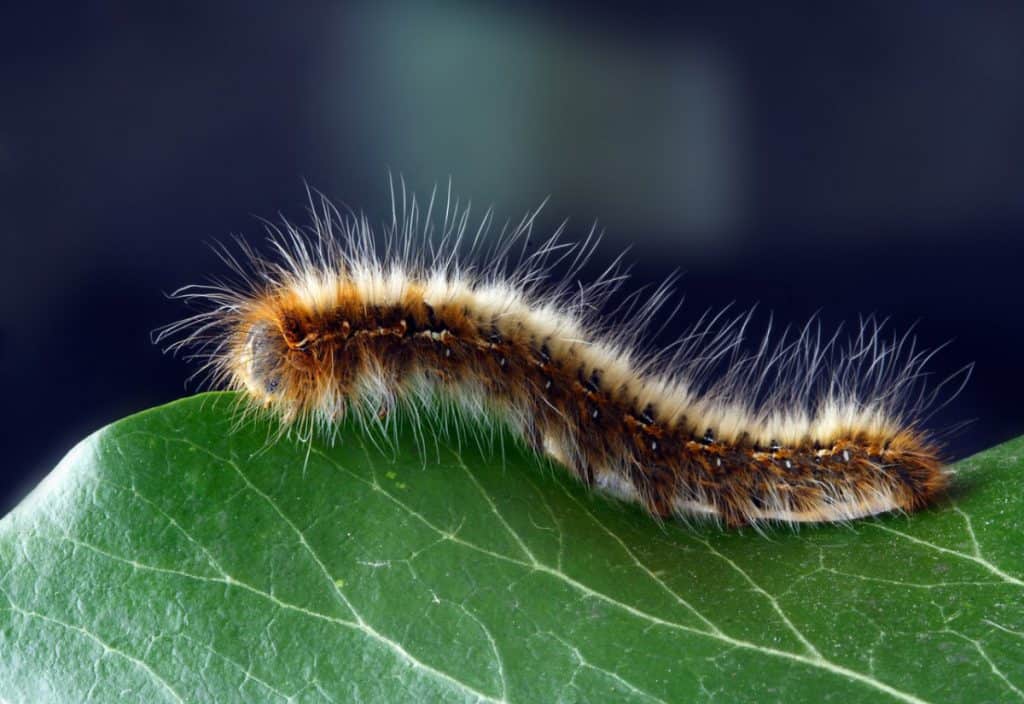
According to the popular Mother Goose rhyme, Little Miss Muffet Sat on a tuffet eating her curds and whey. Along came a spider and sat down beside her, And frightened Miss Muffet away. We all know it — girls are afraid of spiders. Okay, some boys, too.
- But do spiders eat curds and whey?
- What do spiders eat?
Spider diet
It is estimated that the entire spider population in the world eats more than what the entire population of humans eats of meat and fish. It’s been said that spiders consume up to 880 million tons of insects a year; while humans only eat up to 450 million tons of meat and fish a year. Small wonder the world is not yet overrun by spiders!
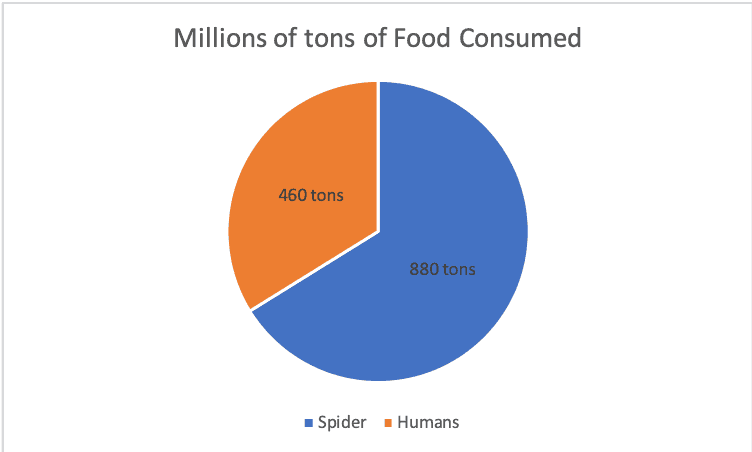
If you enjoy reading this article, why not check out our articles on Do Male Spiders Spin Webs? Not What You Expected and Why Do Dead Ants Attract More Ants? Everything You Need to Know
Spider identification and facts
Before we answer the question, “What do spiders eat?” let’s look more closely at the spider. But don’t let the spider look closely back at you. Because spiders have eight eyes! They see you in more ways than you see them.
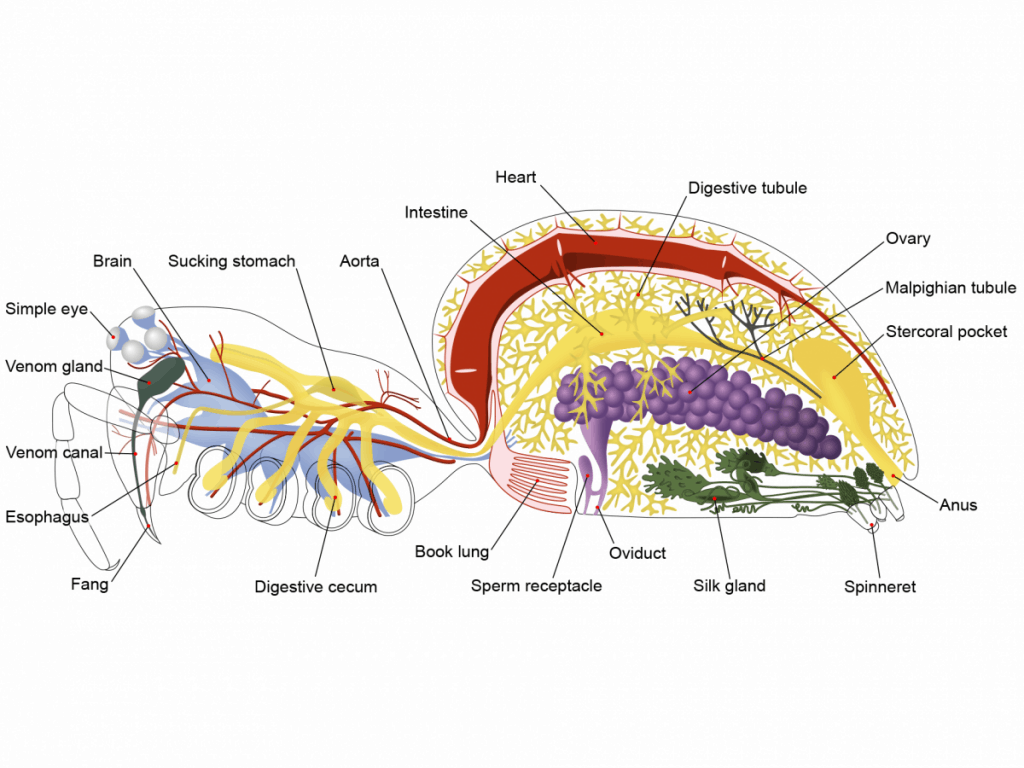
It isn’t only eyes that spiders have eight of. Spiders also have eight legs — four on each side. Insects have only six legs. So, spiders are not really insects. Besides, they also don’t develop wings like insects do. That good news. Imagine if spiders had wings!
Spiders are Arachnids
They’re really quite different from insects. Spiders are more like ticks, mites, and scorpions, too. A spider’s head is attached to its body in one piece, and it has an abdomen, like a big belly. An insect’s head is separate from its body — they’re two pieces. They also have an abdomen. So insects are made up of three separate pieces (parts); while a spider (arachnids) only has two parts. Then a spider has eight legs. An insect only has six. Want to know more about the classification of spiders? Take a look at Are Spiders Insects or Bugs?
What do spiders eat?
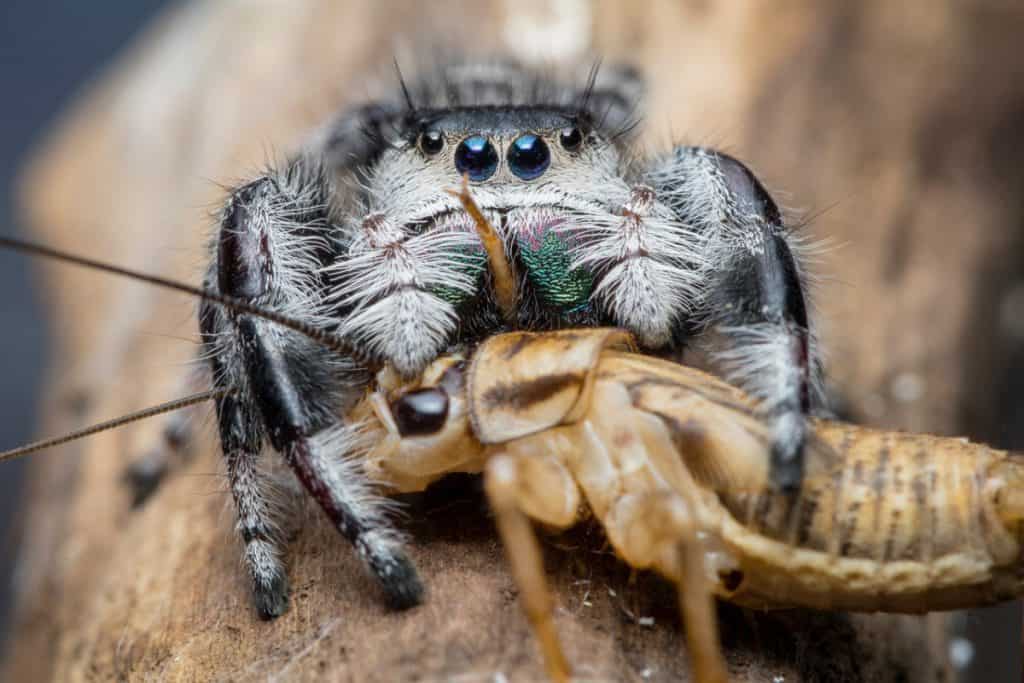
Spiders eat insects and some small animals. Spiders can also eat other spiders. Yes, that’s right. But not all spiders do. There are two types of spiders.
- Carnivores
- Vegetarians
Spiders are generally carnivores
They eat the flesh and meat of their fellow animals in the animal kingdom. There are hardly any spider vegetarians. But there is one species of jumping spider, Baheera kiplingi, that mostly feeds on plants and plant products, including nectar and plant sap. Most spiders are carnivores, and as such, they are predators.
How does a spider eat?
Let’s look more closely at other insects and animals that a spider puts in its mouth. Wait, do spiders have a mouth? Not really. Not as we humans do, and other animals and insects. Spiders don’t have mouths but they have something like a straw to suck food. They don’t have a set of teeth to chew their food, but they have 2 fangs (chelicarae) they use to cut or crush food into smaller bite-size, or rather, slurp size pieces. So how does a spider eat?

After catching its food, a spider will do one of two things.
- One, it will crush and chop down its food using its 2 fangs.
- Two, it will inject or douse its food with digestive juices. A spider often does both.
Fangs of Spider
Spiders normally have fangs on both sides of their mouth which cut food sideways, much like garden shears cut grass on your lawn. But a tarantula’s fangs move up and down to crush its food, much like cutting paper with scissors. But whether sideways or up and down, spiders need to crush or chop down its food so it can easily slurp it down with its straw-like mouth.
Digestive System of Spider
Spiders secrete digestive enzymes on their food to soften it down. Sometimes spiders inject the enzymes inside the body of its prey then suck it all up with its straw-like mouth. Sometimes they secrete the enzymes on the chopped up body parts of its prey to soften it all up.
Do spiders eat cockroaches?
Cockroaches are some of the most disgusting pests you’d rather not touch or encounter. Next to spiders, girls are most afraid of cockroaches. But spiders eat cockroaches. There, one disgusting pest out of the way.
A huntsman spider or giant crab spider (e.g. Olios giganteus) is known to prey on large insects such as,
- Cockroaches
- Lizards
- Frogs.
It doesn’t trap its prey on a spider web, but hunts them down and captures them using its size, stealth, and speed. Once the huntsman gets hold of its prey using its fangs, it injects it with venom from its fangs. Once immobilized, the huntsman spider will take its prey to its hideout underneath rocks, in crevices, or in-between house walls.
Do spiders eat ants?
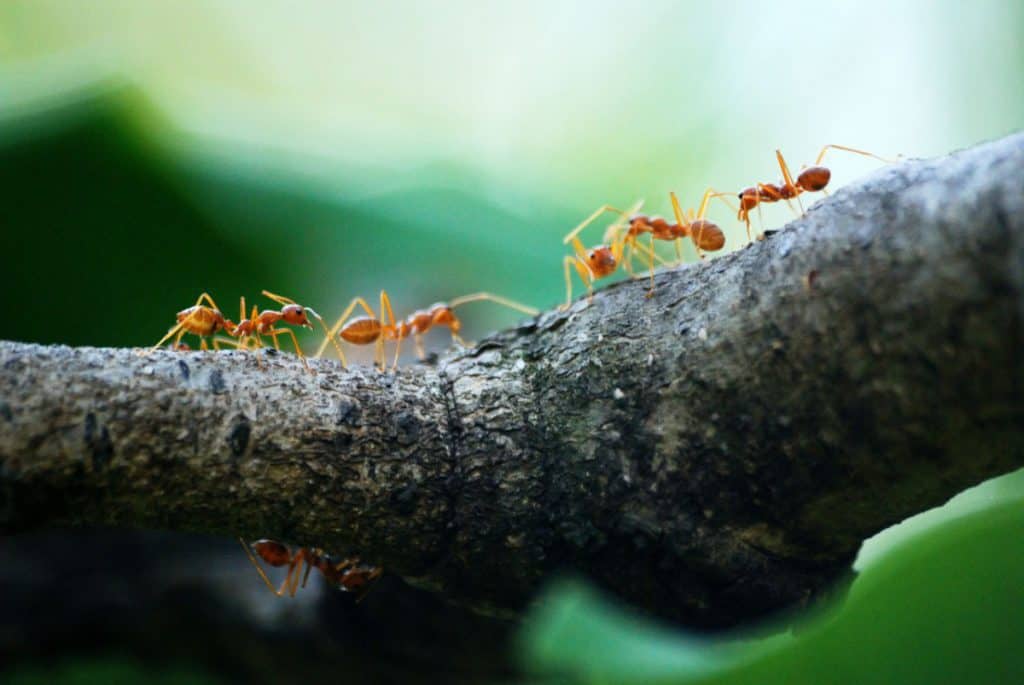
The Zodarium rubidum or ant spider is known to prey on ants. They belong to a class of spiders we can call ‘specialists’. Although spiders are known to be ‘generalist‘ predators, which means, they prey on different kinds of insects or small animals in general. There are types of specialist spiders that specifically prey on ants (of all kinds).
Ants are kind of difficult prey because ants are also an aggressive bunch. They even have army ants, right? But these specialist spiders have been endowed by nature to look like ants. Because of a long evolutionary association between ants and spiders, these species of spiders have come to adapt and alter their appearance to look a lot like ants — some look like specific types of ants, while others may just be mistaken like ants. The Myrmarachne bakeri is a jumping spider that looks like an ant.
Ants are fascinating, and can be quite dangerous to some creatures. We have lots of articles about ants, but What Can Ants Damage? is a good place to start if you want to know more.
Do spiders eat wasps?
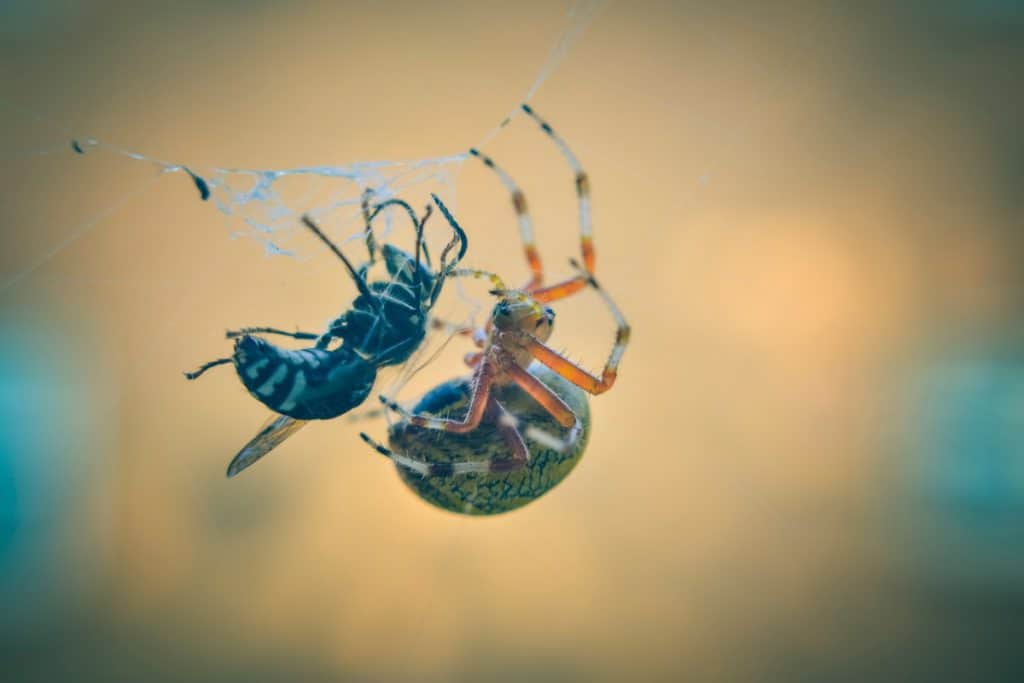
The Yellow Garden Spider or Black and Yellow Garden Spider (Argiope aurantia) prey on wasps, as well as ants and bees. You may have seen one in your garden. It is a big spider with a distinct black and yellow pattern (where it got its name) on its back. It is a web spider that rests on its web for long periods waiting for prey to get caught. One of the things you will easily notice on its web is the characteristic zigzag pattern that extends outward from the center of the web.
Do spiders eat other spiders?
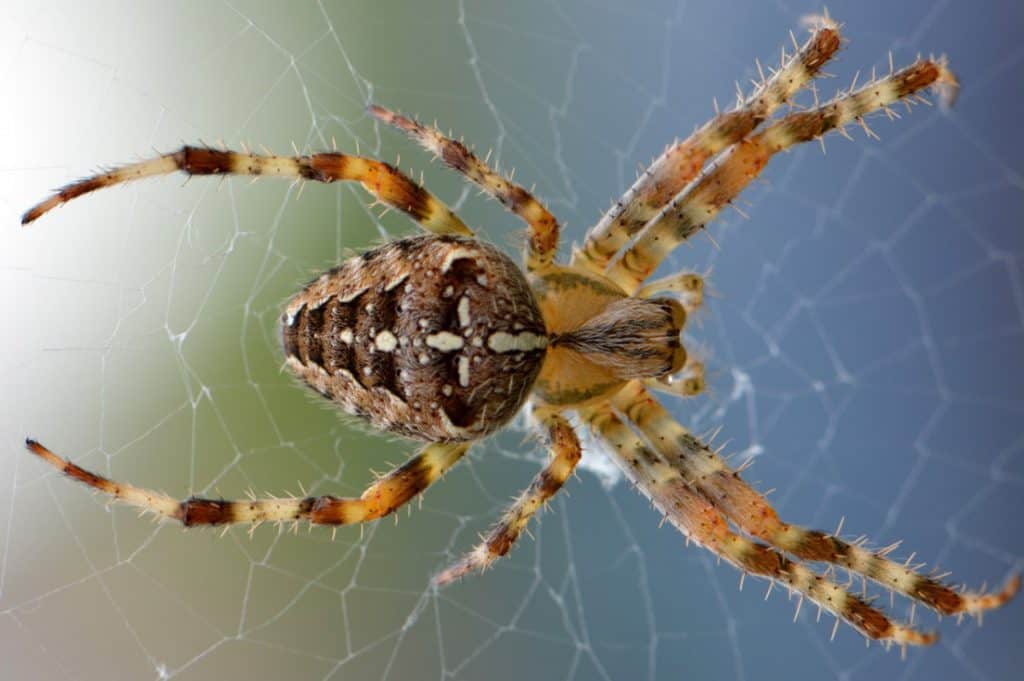
Portia does. Yes, that is its scientific name — Portia fimbriata. Portia is a fringed spider whose body looks like it’s covered with a lot of tiny plant debris. Portia is probably the most intelligent hunter that preys on other spiders. She has the ability to adapt to challenging situations and change her mode of ambush depending on how a situation develops.
What Does Portia Do?
Portia can jump from a branch to the middle of a spider web where her poor prey is resting. She then injects her poison on the head of her victim to paralyze it, then eats the other spider on its own web. It also a known fact that Portia eats its mating partner after they mate. Poor fella.
Do spiders eat fleas / flies / mosquitoes?
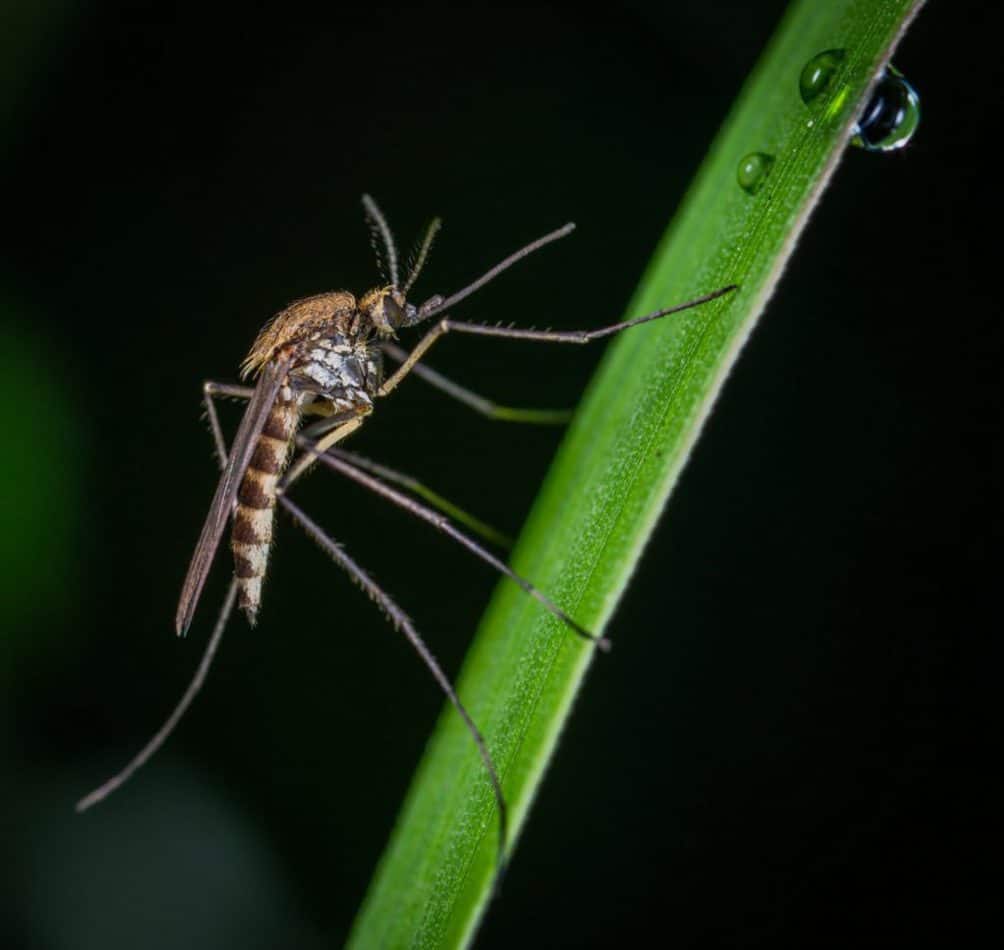
Spiders generally eat whatever gets caught in its web like;
- Mosquitoes
- flies
- fleas
Fleas
Fleas are one of the staple diets especially of household spiders, including jumping spiders, cobweb spiders, and wolf spiders. Fleas are often carriers of the disease. The spiders in your home help you get rid of these pests. So, just leave them alone — house spiders are more scared of you than you are of them. Remember that.
House Flies
Do spiders eat house flies? When a spider eats a fly it catches in its web, it doesn’t feast on it right away. What is does is wrap it all up in its silk web much like a cocoon. The spider will then hang all these catches on its web to preserve it. Much like how the Italians hang their legs of ham for drying. Or similar to how you would put food on your fridge to keep it from spoiling.
Mosquitoes
But sometimes, some smart flies steal the spider’s lunch and takes one of its silk-wrapped food for itself. This is what Microphorus cassipes, a species of fly does. Another species known by the name Robber fly, not only steals the spider’s lunches but comes after the spider itself. The predator (spider) now becomes prey to the fly. Robber flies turn the tables on some spiders.
Do spiders eat slugs?
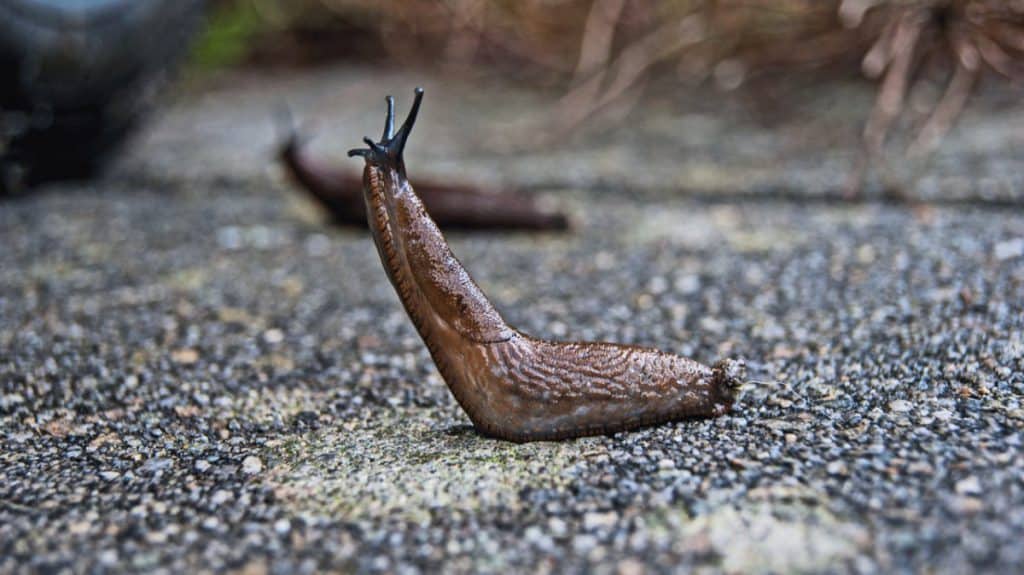
A species of spider known as the black tunnelweb spider (Porrhothele antipodiana), a cousin of the tarantula is known to prey on snails. It attacks its prey from a web-hole on the ground and drags it back to its web-hole after it has immobilized it.
Okay, technically snails are not slugs, but they’re cousins. Snails have real houses (shell) while slugs either don’t, or have just a tiny bit, but not an entire house. But their bodies are similar, and the way they move through the slime also the same. Slugs are more of prey to daddy-long-legs. Okay, technically daddy-long-legs are not spiders either, but they’re cousins. So the cousin of the tarantula eats the cousin of the slug. And its the cousin of the spider, daddy-long-legs, that eats the slug.
Do spiders eat woodlice?
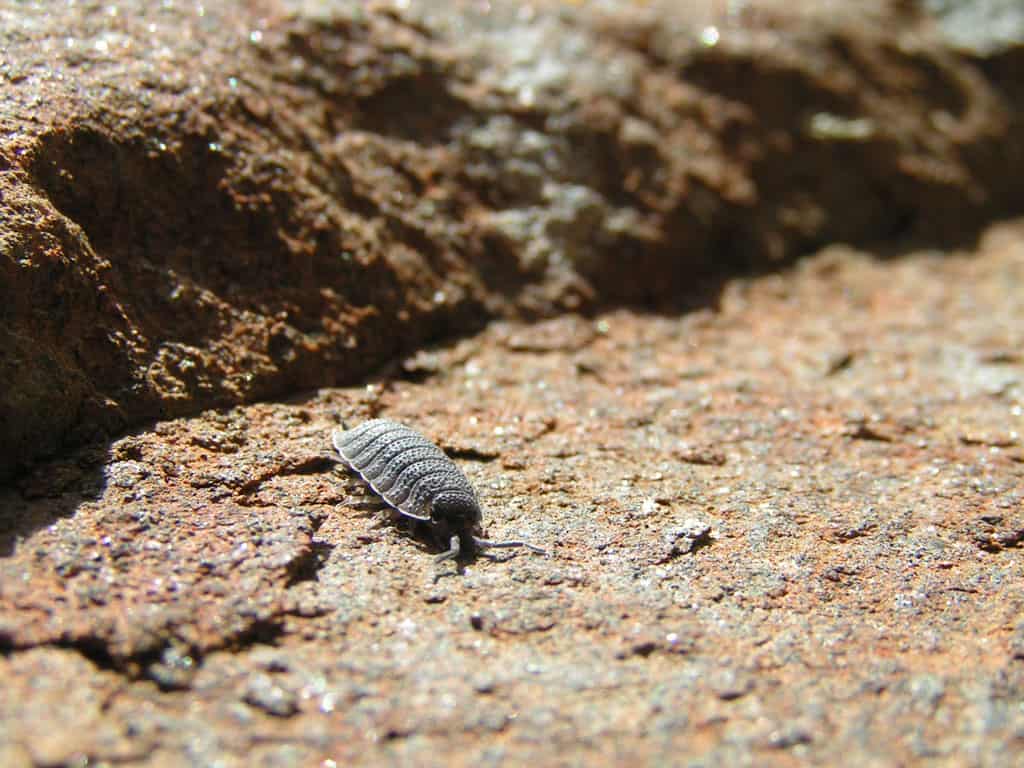
Many spiders will not eat woodlice. Probably because they taste awful. We can’t tell for sure unless we ask a spider, can we? But spiders taste their food, that’s for sure. That’s what the tip of their feet do. Their feet smell. Okay, sometimes your feet smell, too… in a bad way. But spiders use the tip of their feet to detect the smell of food. And many spiders can detect that woodlice don’t taste nice.
But there are species of spiders that eat and prey on woodlice. The Dysdera crocata or woodlouse (named after its prey) spider loves to eat woodlice. It seems that even among spiders, some would go for exotic taste in food.
I can for one attest that my house has spiders in it with a particular taste for woodlice as we often find shells in the corners of rooms.
Do spiders eat bees?
Crab spiders (e.g. Misumena vatia) do not catch bees through a spider web. Crab spiders don’t spin webs, instead they ambush their prey. Patience is golden, especially to a crab spider. It can lie in wait for days hidden inside a flower, sometimes camouflaged, patiently waiting for a bee to arrive and pollinate the flower. Once a bee approaches, the crab spider lunges and grabs it with its fangs and injects its poison on the unsuspecting bee. A perfect ambush. Crab spiders are ambush predators.
Do spiders eat moths?
There is a video on YouTube showing a big house spider hanging on to a moth bigger than itself. The moth flew into the spider’s web where it got entangled. With this, the spider immediately grabbed the moth and held on to it until the spider returned to its webbed nest. Also, jumping spiders of the genus Phidippus are known to prey on moth. They do not entrap their prey on webs but they are skilled hunters who can leap distances to catch moths. They have clear and excellent eyesight.
Common Species Of Spiders
House Spiders
House spiders (Tegenaria domestica) or barn funnel weaver is one of the most common species of spiders that have taken lodging in most homes. They live on the corners of walls, in spaces behind hanging mirrors, on the angles of window frames, under chairs, and garage tables. They are responsible for most of the Halloween-style cobwebs. They normally feed on ants, mosquitoes, flies and moth — common household pests. If you leave them alone, and don’t mind a little cobweb here and there, they can prove useful in ridding your household of some pests, the eco-friendly way.
Tarantula Spiders
Tarantulas are the largest spiders in the field. They hairy, woolly bodies can grow as big as an adult human hand, and they can live as long as 30 years (the female). There are many species of tarantula, but if you are thinking of owning one as a pet, the beginner’s choice is the Mexican Red Knee Tarantula (Brachypelma hamorii). Named for the distinct red bands around its knee and legs, it is the most familiar pet tarantula. It is a quiet, friendly, and shy spider. Digs and burrows for leisure, and hardly ever bites its owner. Forget about the other species for now — Do you want to own a pet tarantula? If you want more information on owning a pet tarantula, check out The Three Best Spiders to Keep as Pets!
Black Window
Finally, the Black Widow (Latrodectus mactans). It is recognizable for its black color and the red hourglass design under its belly. It is the most dreaded because of its reputation as a husband killer. Just kidding. But, seriously, the black widow’s venom is said to be 15 times more poisonous than a rattlesnake bite. Urban legend? But nobody dies from its bite except children and elderly people who are weak; they may die from the symptoms of the black widow’s toxin, which include difficulty in breathing and paralysis. The black widow won’t eat you alive (as you’ve probably seen in old movies). It only eats insects like;
- Mosquitoes
- Flies
- Caterpillars
- Grasshoppers
- Bees and other insects that get trapped in its web.
After all, it’s just a spider.
What do spiders eat? Much the same insects that a black widow eats.
If you enjoyed reading this article, why not check out our articles on Do Male Spiders Spin Webs? Not What You Expected and When is Spider Season? The Quick Answer
Recent Posts
Tiny Black Bugs in Bathroom NO WINGS: What They Are and What to Do!
Finding tiny black bugs in your bathroom can be uncomfortable, to say the least. Especially if they are persistent, or they appear in very large numbers, which they often like to do. When it...
Tiny Black Bugs in Plant Soil - What Are They & What To Do About It
A short horror story: You get a new houseplant. You do your best to take care of it. You’ve ensured that it has the right soil, the right amount of sun, it gets enough water. And then one day, you...

